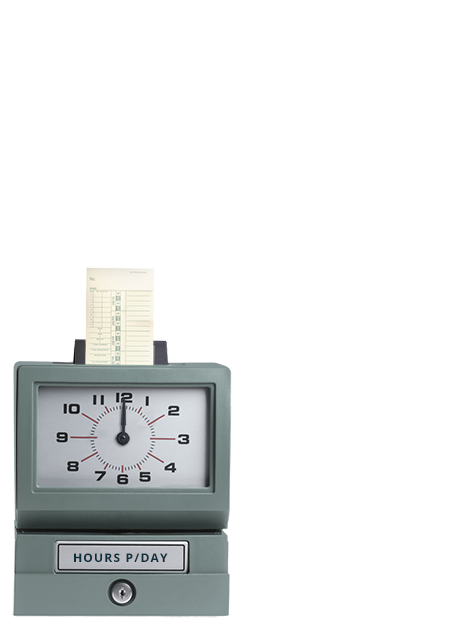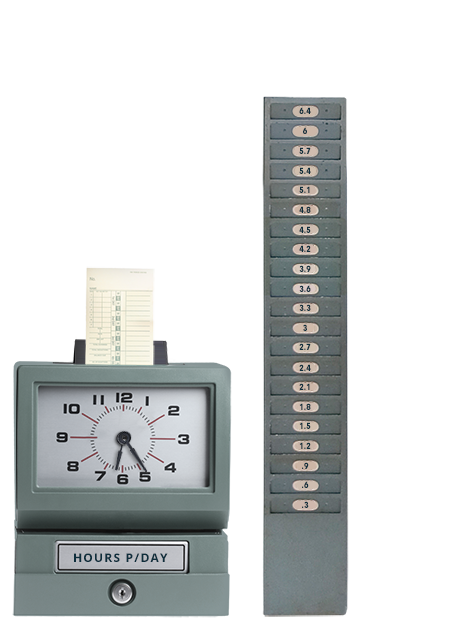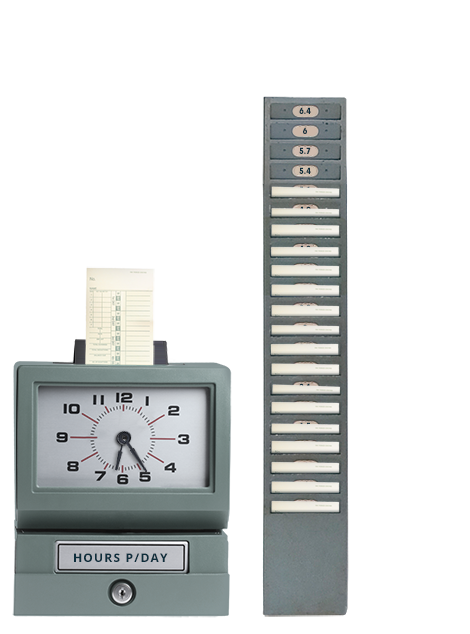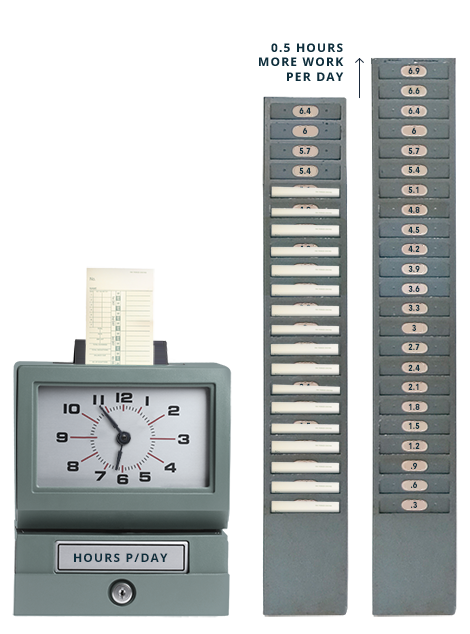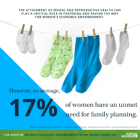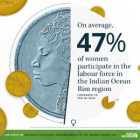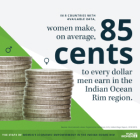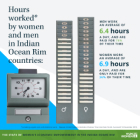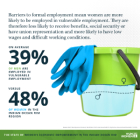
The state of Women’s Economic Empowerment
in the Indian
Ocean RIM
The Indian Ocean Rim Association (IORA) recognizes that women’s economic empowerment is a prerequisite for sustainable development, but the full potential of women’s contributions to the Indian Ocean Rim remains untapped. Gender inequalities persist in all IORA countries as women continue to face structural and institutional barriers to their economic empowerment and the enjoyment of their rights to and at work.
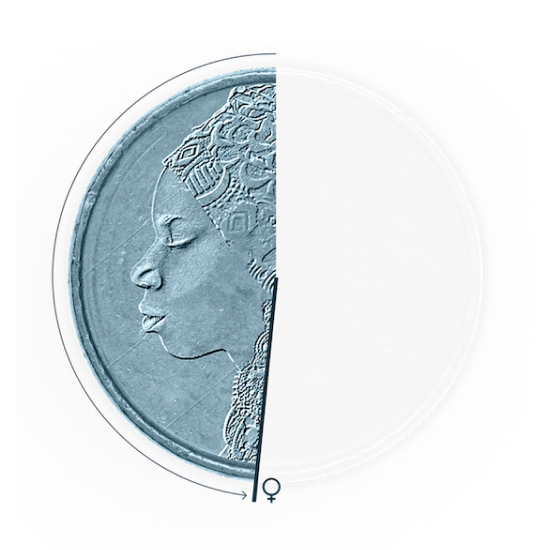
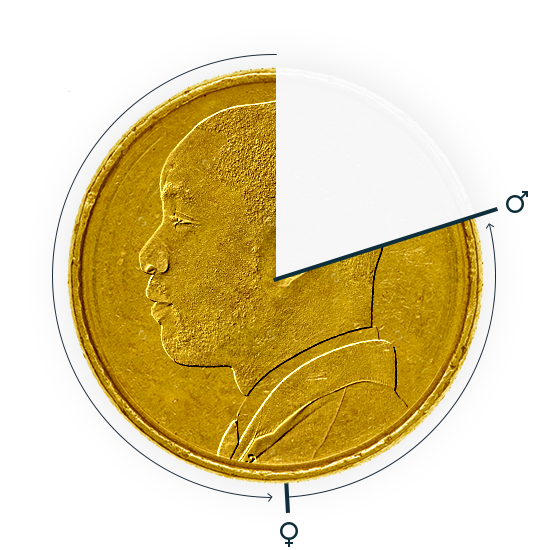

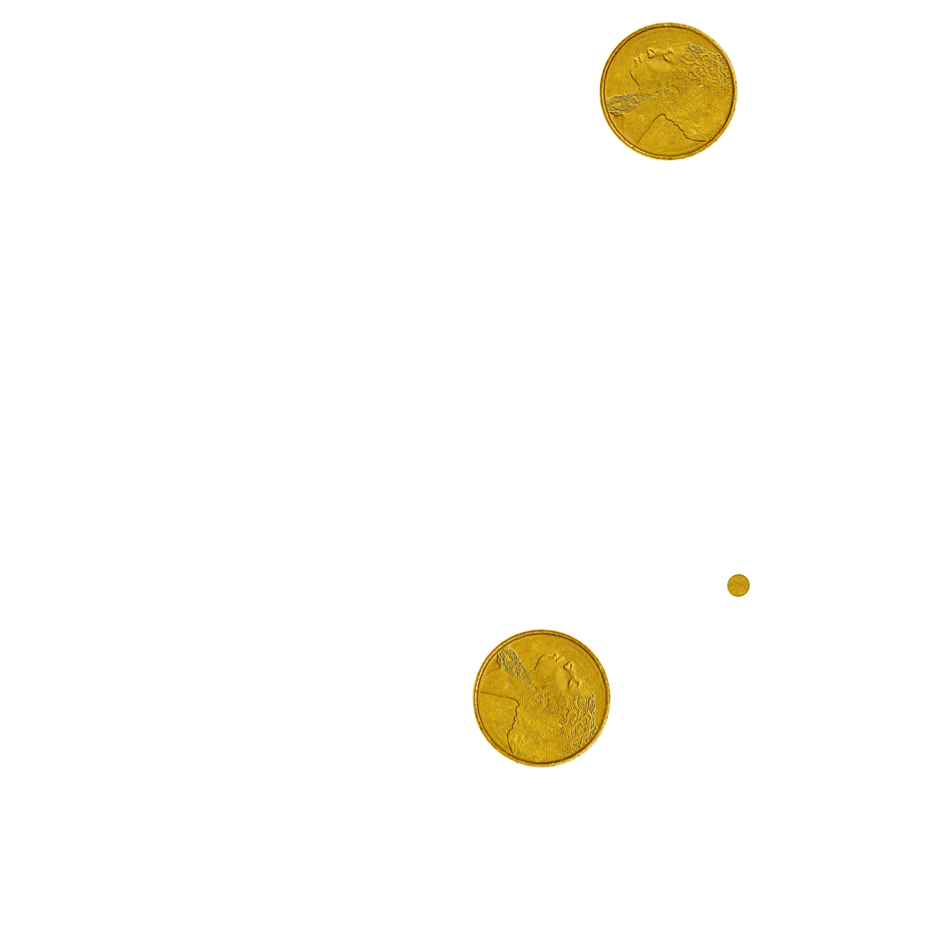

Difference in labour force participation between men and women across the region


In 8 countries with available data in the region, women make, on average,
for every dollar earned by men.
See the DataAlso known as the gender pay gap, this is a major cause of lifetime income inequality. At every level of education, women on average earn less than men.
See the DataDiscriminatory labour policies, social norms and occupational segregation can contribute to the gender pay gap.
See the DataGender pay gap, broken down by how much women earn for every dollar men earn.
Regional Average: 85.4¢
For every dollar earned by a man
The glass ceiling still exists for many women in the region.
Hours of unpaid care & domestic work done by women and men against total hours worked in a day.

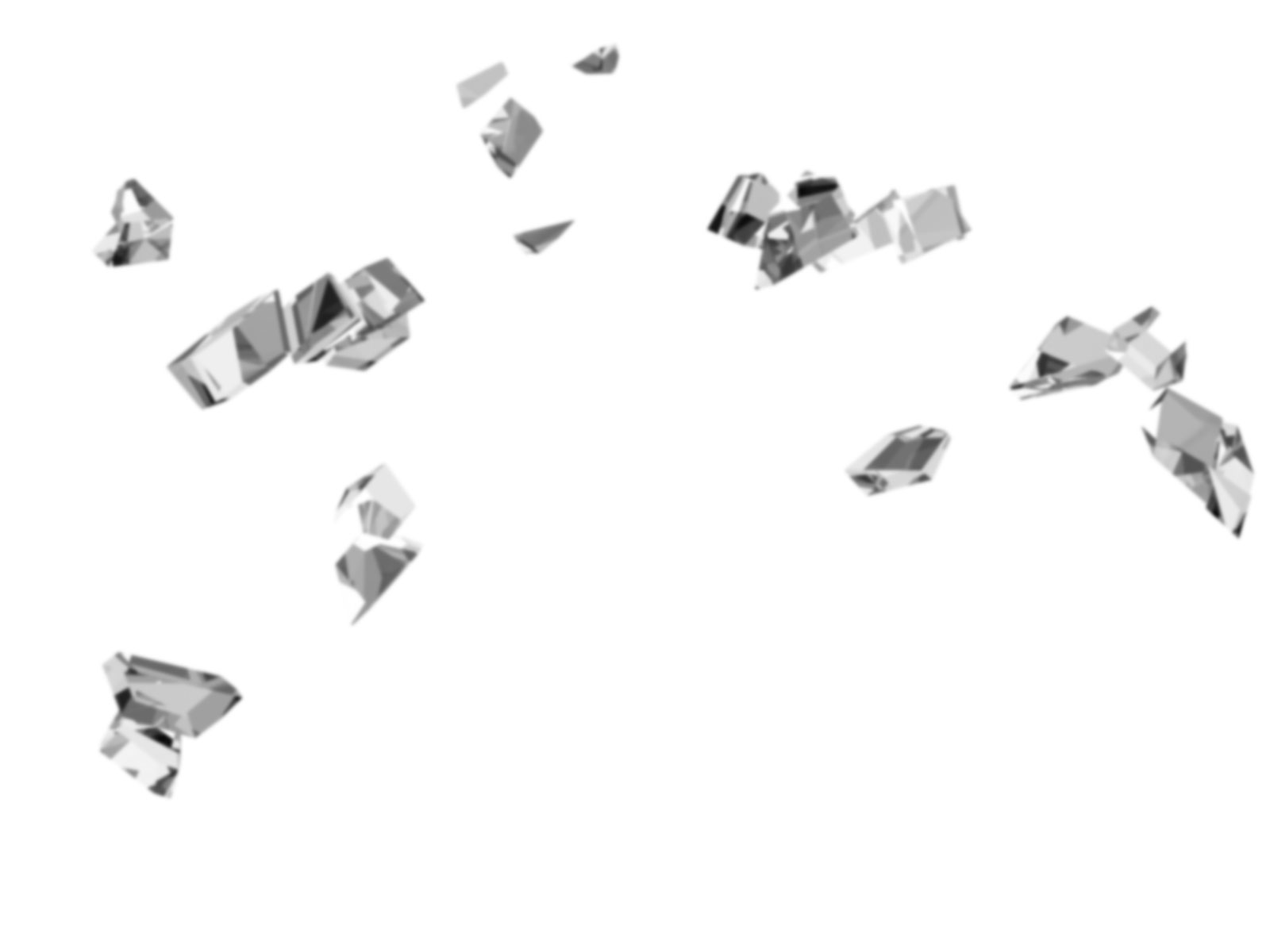
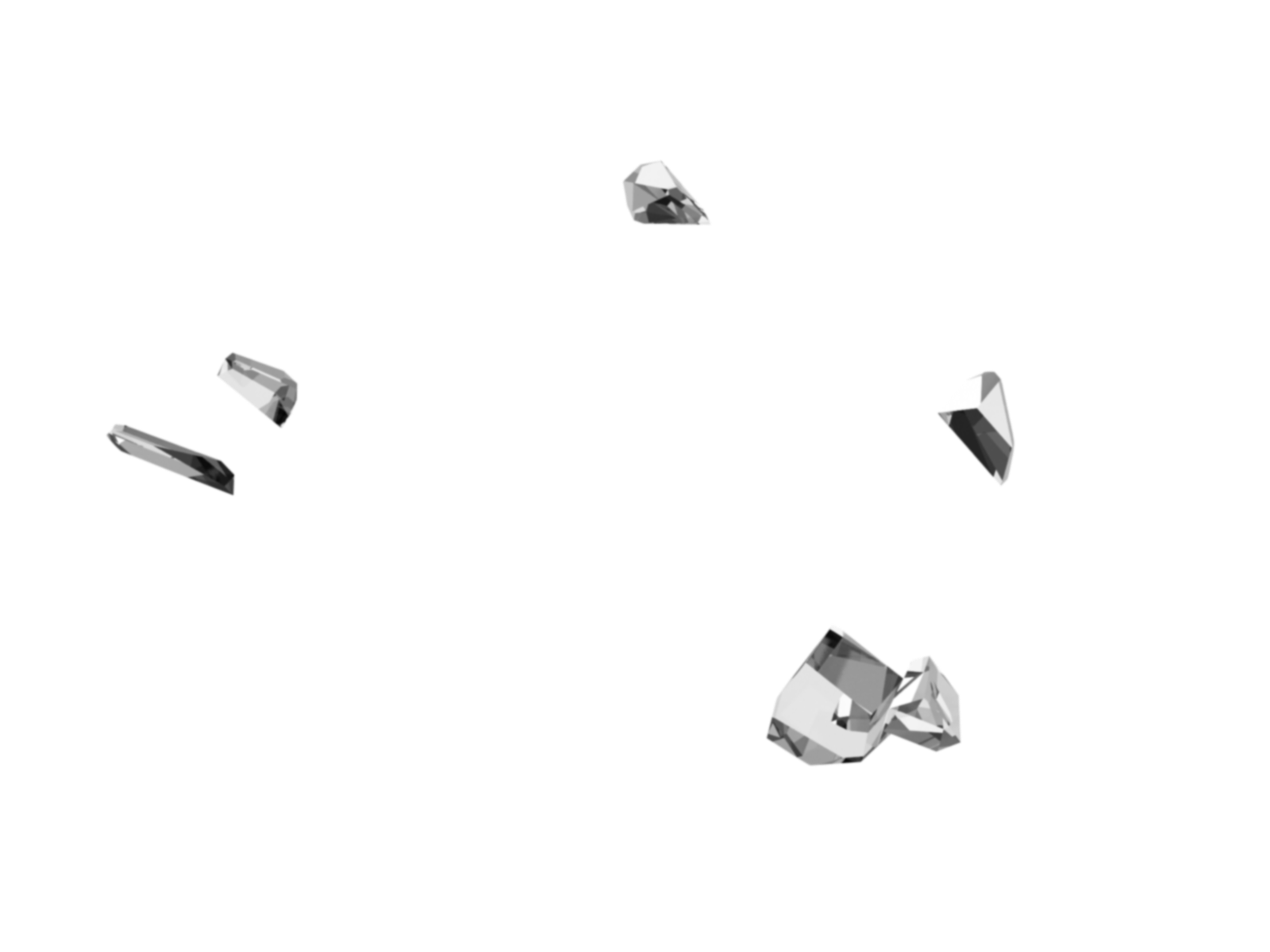
No country in the region has reached gender parity in management. On average, women occupy about a quarter of management positions.
See the Data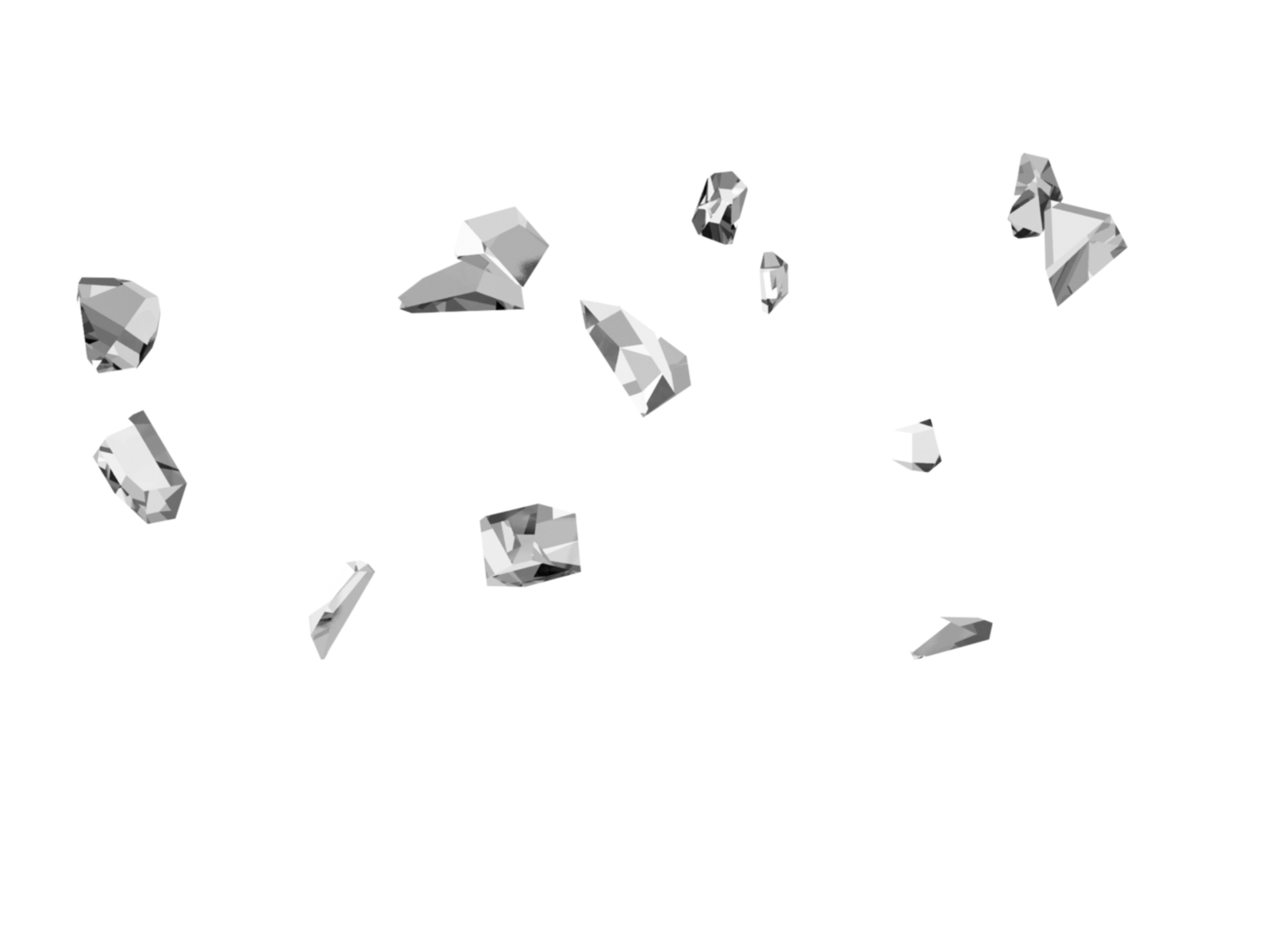
 See the Data
See the Data
The percentage of all managers who are women across the region
Percentage of management positions held by women in the region, (2014-2018)
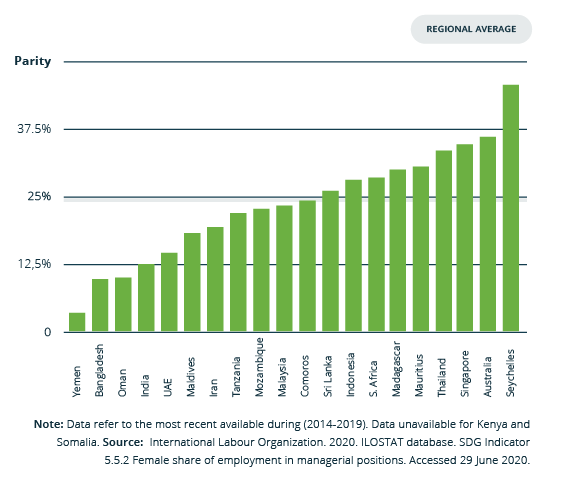


All countries in the region provide mandatory maternity leave.
But only half cover the minimum 14 weeks recommended by the International Labour Organization.
Few allow for paid paternity leave.
See the DataPaid maternity and paternity leave policies enable the distribution of care responsibilities and expand women’s choices to remain in the labour force.
See the DataDuration of paid maternity and paternity leave across the region
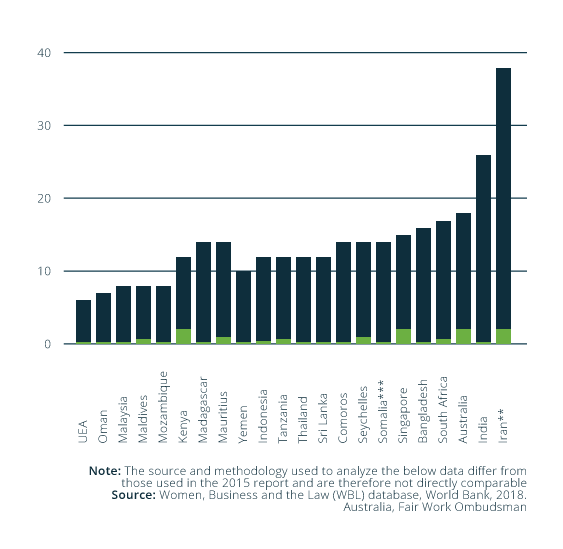
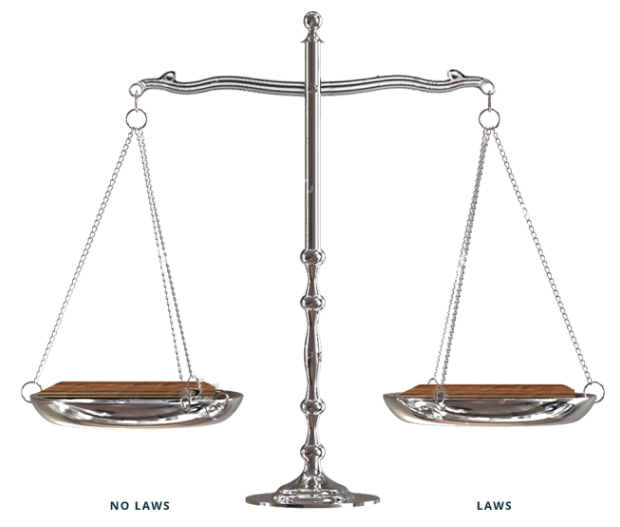
Most countries in the region have some legal protection for women’s right to work and rights at work.
See the Data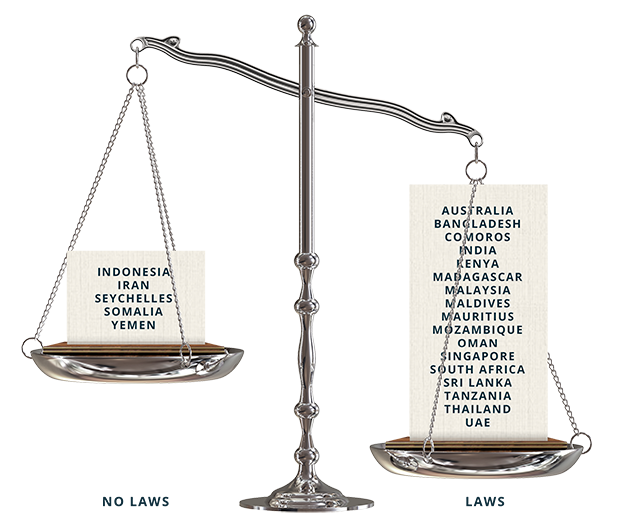
The majority have laws on sexual harassment in employment.
See the Data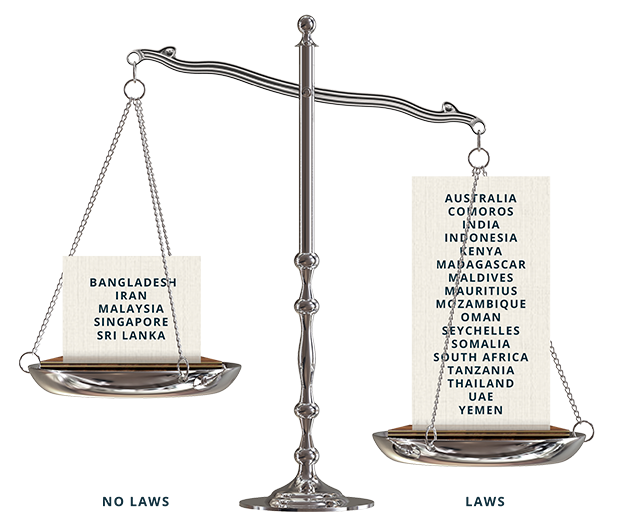
Only five countries lack laws that prohibit gender discrimination in hiring.
See the Data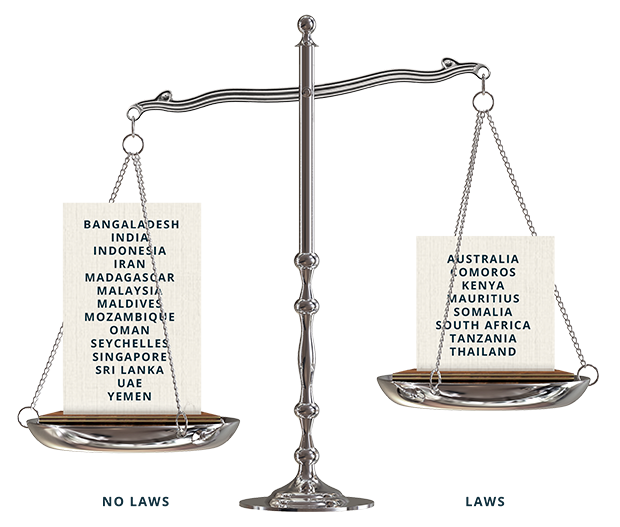
But only a little more than one-third of countries mandate equal pay for work of equal value.
See the DataLaws protecting women in the workplace across the region
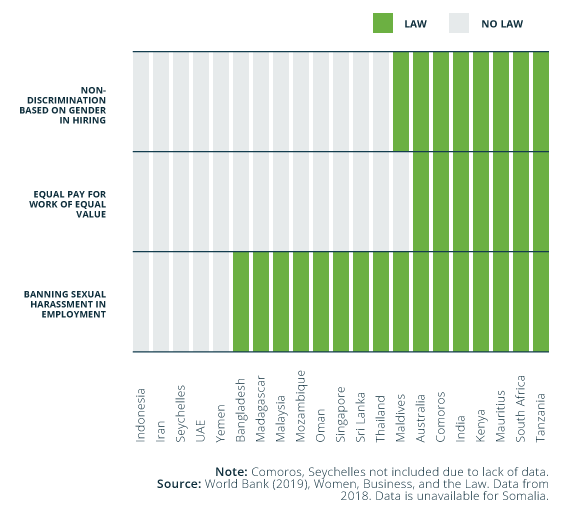

Education leads to increased opportunities in the workforce and enhances women's economic empowerment.
But female students are underrepresented in science, technology, engineering and mathematics (STEM) education.
See the Data
In the IORA region, only
of female graduates from tertiary education major in STEM programmes
See the Data
versus
of male graduates.
This will likely perpetuate gender gaps in the labor market.
See the Data
Percentage of male/female graduates from STEM programmes in tertiary education
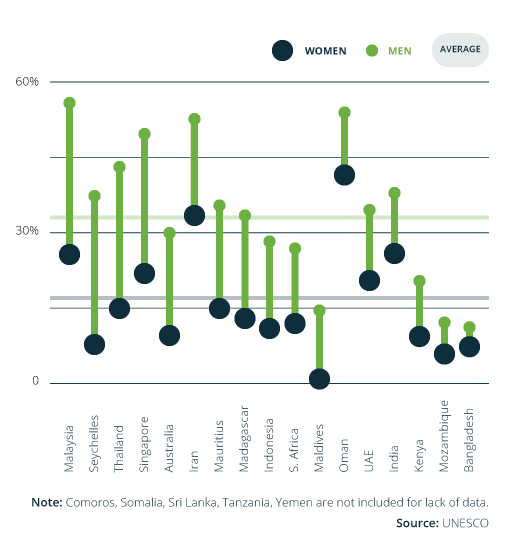

Barriers to formal employment mean women are more likely to be employed in vulnerable employment. They are therefore less likely to receive benefits, social security or have union representation and more likely to have low wages and difficult working conditions.
See the Data


Vulnerable employment, Percent of male and female employment (2019)
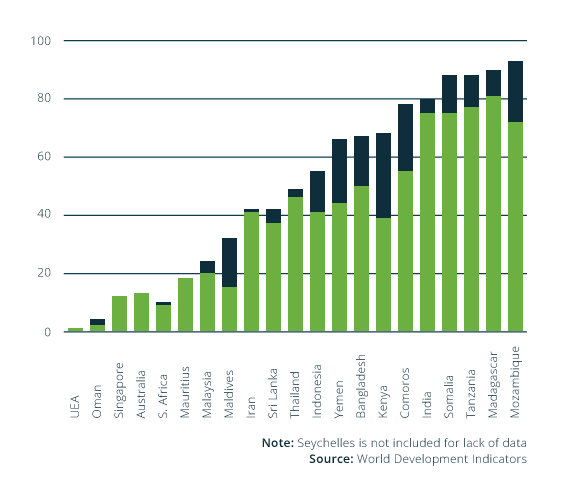

The attainment of sexual and reproductive health can play a critical role in fostering and paving the way for women's economic empowerment.
See the Data
The availability and use of modern contraception enable women to plan and make critical decisions about their future.
See the Data

Percentage of needs met for family planning
Regional Average: 83.1%

Despite progress, multiple obstacles and inequalities persist.
To achieve gender equality and women’s economic empowerment, the region needs to strengthen enabling legal and policy environments that:
- Support women’s equal participation in labour markets and the world of work
- Reduce vulnerable employment by ensuring decent work and social protection for all workers
- Prevent gender discrimination in the workplace, in hiring, retention, and promotion
- Reduce and redistribute women’s disproportionate share of unpaid care and domestic work
- Promote women’s and girls’ opportunities for training and support the school to work transition, particularly in STEM fields
Enhanced investment in such policies and initiatives, based on improved sex-disaggregated data and gender statistics, will bolster women’s important economic contributions throughout the region while upholding and protecting their rights to and at work.
Women’s Economic Empowerment in the Indian Ocean Rim: Progress and Challenges
Download the 2020 Report Download the New Poster Download the 2015 ReportView stats by individual country breakdowns:
This infographic provides an updated snapshot of the status of women’s economic empowerment in the Indian Ocean Rim region by visualizing data that was included in the 2020 report “Women’s Economic Empowerment in the Indian Ocean Rim: Progress and Challenges”. Data from the 2015 baseline study “Enabling Women’s Contributions to the Indian Ocean Rim Economies” are also included to illustrate trends over time.
Both studies have confirmed that women participate in nearly every aspect of the economy in the countries of the Indian Ocean Rim – in both formal and informal work. While the countries in this region vary considerably in terms of their areas, populations and levels of economic development, they share many of the same challenges and opportunities for women’s economic empowerment. It is important to note that the 2020 report includes data from sources published prior to the COVID-19 pandemic, which has further exacerbated many of the obstacles to women’s economic empowerment in the region.
In 2018, Indian Ocean Rim Association (IORA) Member States reaffirmed their commitment to women’s economic empowerment in the Balaclava Declaration on Women’s Economic Empowerment and Gender Equality as a Pre-Requisite for Sustainable Development. Member States acknowledged that women’s economic empowerment is a foundational element of gender equality and the full and equal realisation of women’s human rights and is thus integral to all dimensions of inclusive and sustainable development.
UN Women would especially like to thank the Australian Government Department of Foreign Affairs and Trade for their contributions to producing the infographic and the associated report.


